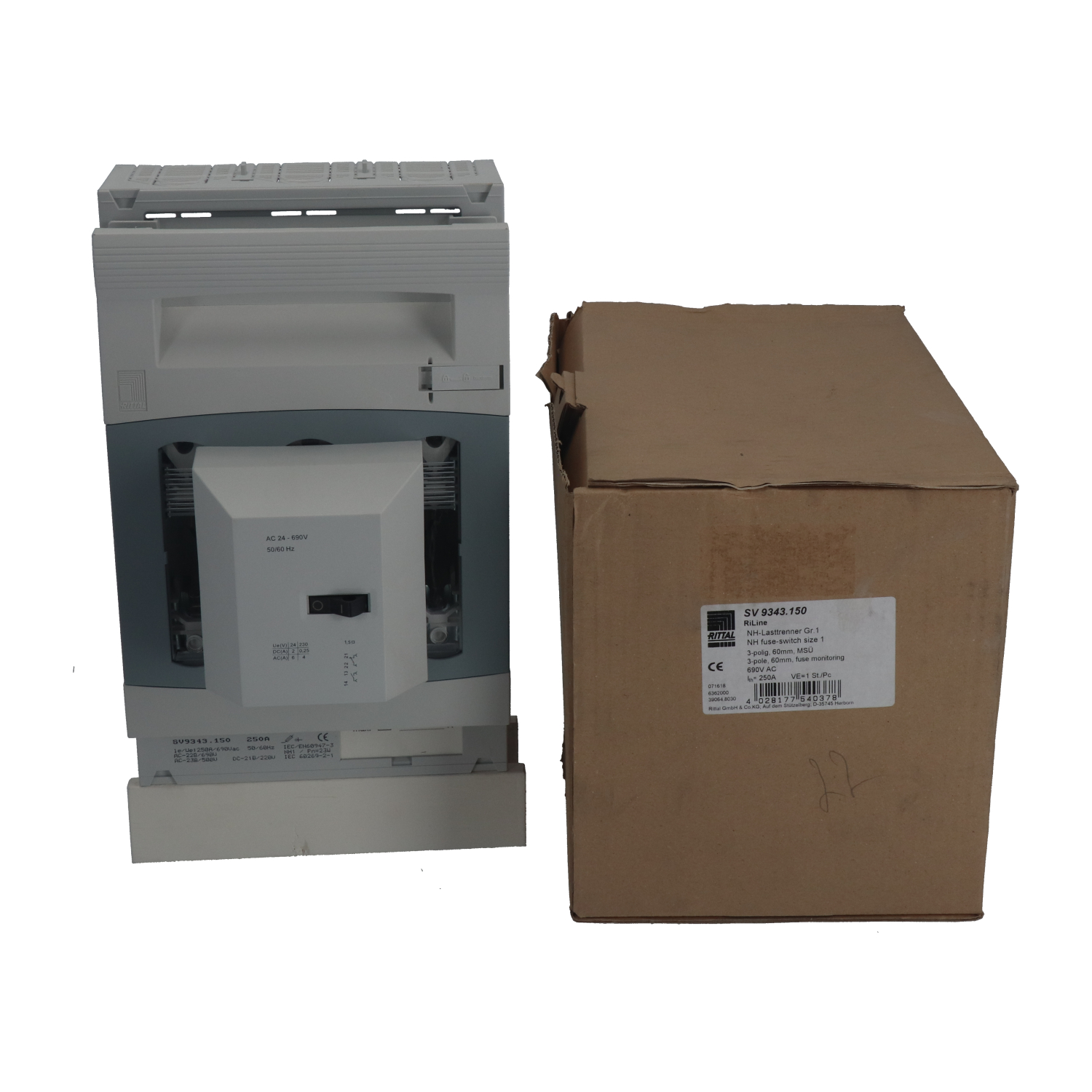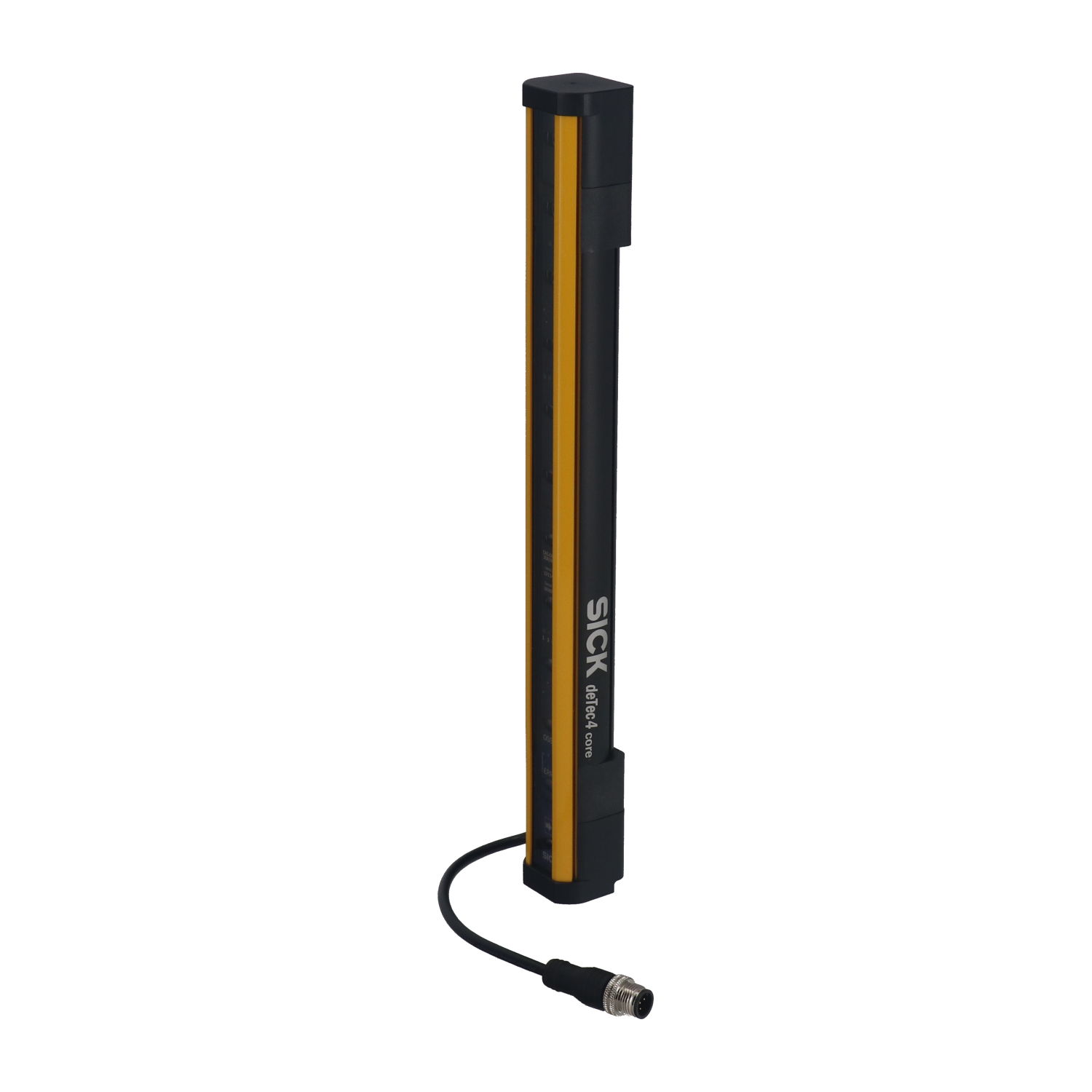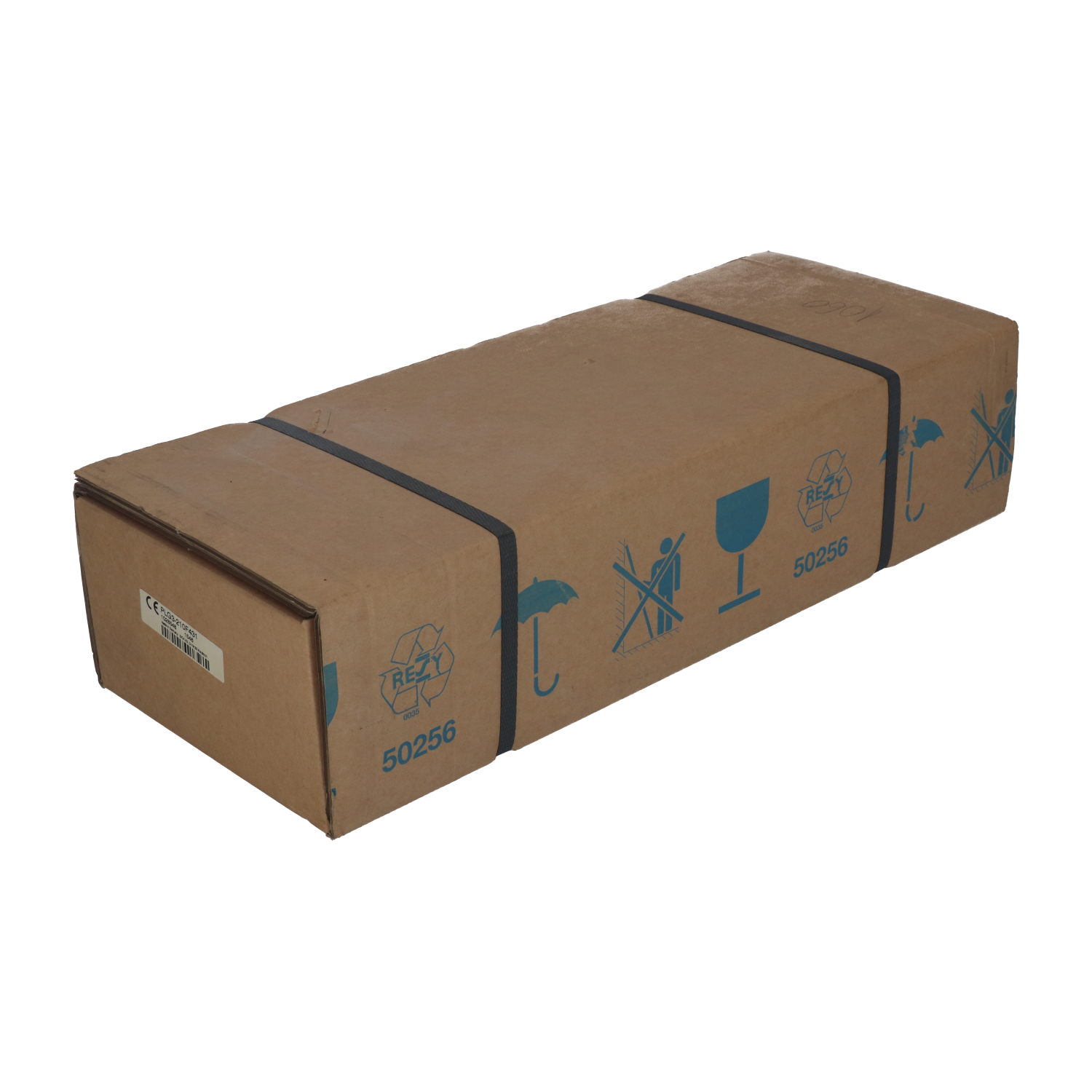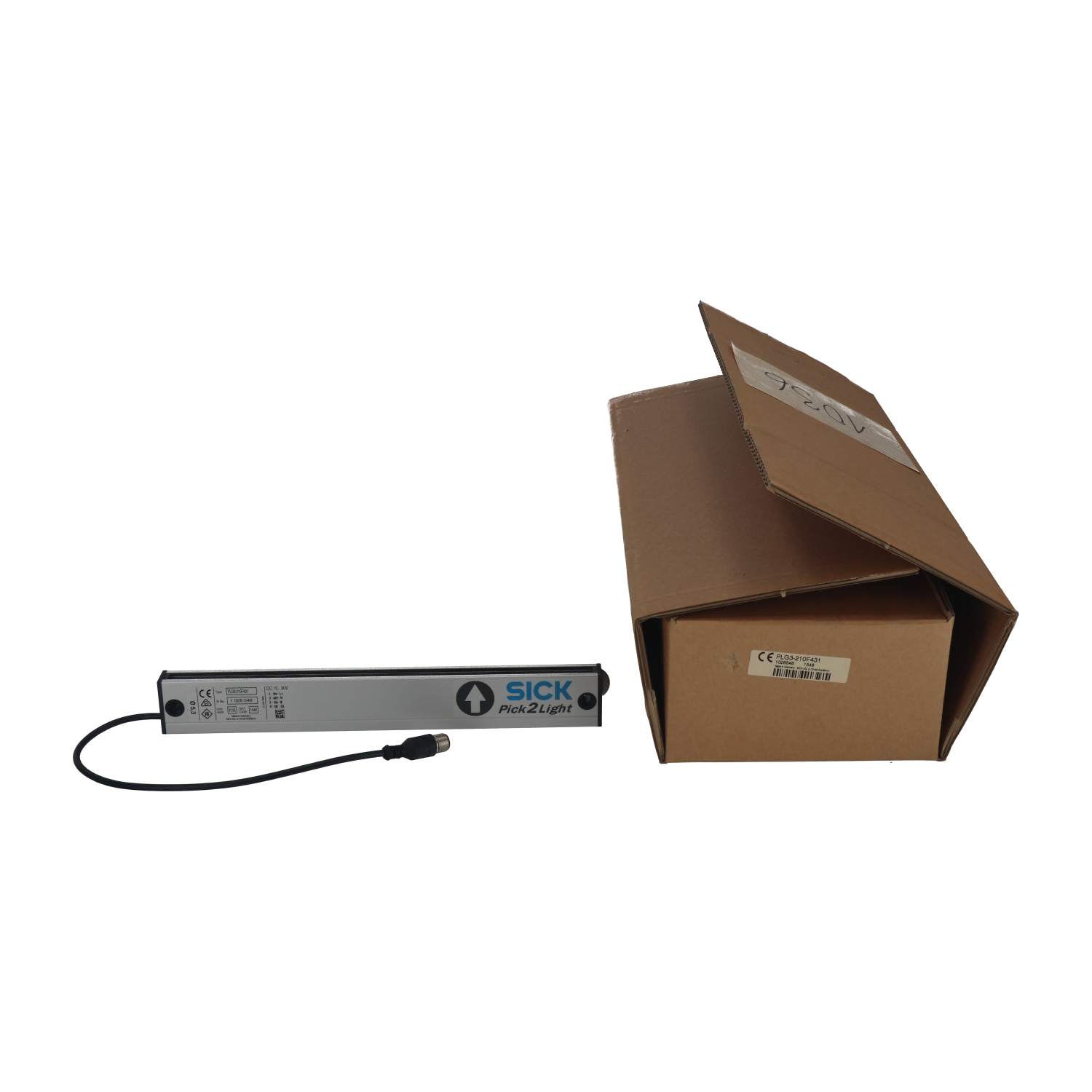Proximity, pressure, and light sensors, and linear encoders
Here you will find a whole range of sensors, suitable for use in a wide variety of applications. We offer different types of pressure, proximity, and light sensors from all well-known manufacturers. You will always find a model that exactly meets your requirements. In addition, we also stock linear encoders and accessories for use in automation systems and robotics. Finally, this category contains light screens plus accessories. We can provide you with emitters, receivers, and complete sets.
Sensors and switches
Pressure sensors
What is the purpose of pressure sensors? These devices measure the applied gas or liquid pressure, after which it is converted into an electric signal. A whole range of sensor types is available. Carefully consider the operating conditions of the application when selecting your device. What pressure type will you be measuring, in what pressure range and in which operating temperature? For example, these sensors are used in the medical, marine, automotive and aviation industry. Let’s take a closer look at a breakdown of the different types, based on the measurement modes.
Absolute pressure sensors
This sensor type is very suitable when you need to measure air pressure. For instance, this is the case with altimeters or when you need to perform barometric measurements. How does this sensor type work? The target pressure is measured relative to the known pressure of an absolute vacuum. Since a vacuum (or ‘zero’) is the reference point, against which all values are measured, every reading will yield a result superseding the absolute minimum. One side of the sensor is sealed to facilitate a vacuum, while the other side will be exposed to the medium which is to be measured. In addition, several different designs exist. For example, some models use piezoresistive strain gauges while others depend on capacitors, inductors, or a piezoelectric effect. All in all, a wide range of absolute pressure sensors is on offer.
Gauge pressure sensors
Another type is the gauge pressure or relative pressure sensor. This is actually the most common variety and it’s found in almost every industry sector. Examples of applications include pressure valves, medical instruments, and air compressors. This device measures pressure relative to atmospheric pressure. Do you want to monitor pressure in a situation where a change in atmospheric pressure is of influence on the process? In that case, a gauge pressure sensor is the way to go. As far as design is concerned: relative pressure sensors measure the difference between the ambient pressure and the measuring pressure. Often the ‘process side’ is equipped with a sole pressure port, while ambient pressure is registered by the sensing element through a vent.
Differential pressure sensors
Then there are the differential pressure sensors. This kind is quite distinct in its operation and design from the two previously mentioned types. It measures the pressure difference between two exposed ports. These are used to determine the difference between the two individual sections. Usually, threaded connections or tubes are applied for this purpose. In what situations is this model often implemented? Differential pressure sensors normally measure particularly low-pressure ranges. They are frequently used to determine gas or liquid flow in pipes, or to locate certain problems like seized valves, clogged filters, or any type of blockage. Some practical examples of uses include medical applications like respiratory and anesthesia equipment, and devices which monitor airflow.
Light sensors
Light sensors are also known as photoelectric sensors or photo sensors. They convert light energy into an electronic signal. By means of a light-emitting element, an infrared or a visible light beam is sent. Photoelectric sensors can measure distances. Objects can be detected and counted without contact. Colors can be registered as well. In other words, distance, presence, and absence of items are easily registered with these devices. Often, they have quite a compact housing which makes them easy to install without sacrificing precious space. Let’s have a look at some different types of light sensors.
Reflective sensors
Firstly, there are reflective photoelectric models. This variant contains both a light-emitting and a light-receiving component in the same housing. The light, reflected by the object, is registered by the sensor.
Through-beam sensors
A through-beam sensor (or thru beam type), on the other hand, exists of a transmitter and a receiver divided into two individual enclosures. These are installed opposite to each other. When the emitted light beam is interrupted by the object placed between the transmitting and receiving components, the output is activated.
Retro-reflective sensors
A third type is the retro-reflective model. These types contain both receiving and transmitting components in a single housing, just like the reflective variant. However, this type uses a separate reflector which returns the signal light. Targets between the reflector and the light sensor will interrupt the signal.
Proximity sensors
Proximity sensors are used to identify the presence of objects, not involving physical contact of any kind. Numerous kinds of proximity sensors are on offer, each using a different measuring method. Some examples include capacitive and inductive proximity sensors, photoelectric proximity sensors and ultrasonic proximity sensors. The various types are suitable for a multitude of applications. Factors such as operating range, material to be detected, and vibration sensitivity should be taken into account when selecting the unit.
Linear encoders
A linear encoder is used to measure linear movement of an object. This device contains a sensor, readhead or a transducer which is linked to a position encoding scale. The scale is read by the sensor in order to convert the position into a signal. This signal can be either digital or analog. Finally, a motion controller or a digital readout will be able to decode the signal into a position. No intervening mechanical components are present. Because of this design, several potential faults such as pitch errors or backlash are avoided. Linear encoders are often used in robotics, automation systems and similar applications. In these operating environments, high speeds and position accuracy are of importance. The encoders register distance, direction, speed and displacement. For use in somewhat demanding environments, sealed linear encoders are available. They are protected against splash water and dust. Exposed linear encoders, on the other hand, are for example suitable for use in semiconductor manufacturing. In this design, there is no mechanical contact whatsoever between the scale (tape) and the scanning head.
Light screens or light curtains
Light screens or light curtains are safety devices with a transmitter and a receiver. They are used to detect the presence of people near moving machinery. These devices function as a light barrier with a detection zone, created by an infrared light pattern. As the response time of light curtains is merely a fraction of a second, a machine will be stopped in an instant when movement is detected. This makes these optoelectrical instruments an indispensable safety measure in various hazardous operating environments and industries. Examples include assembly lines, packaging machines, and hydraulic power presses.












